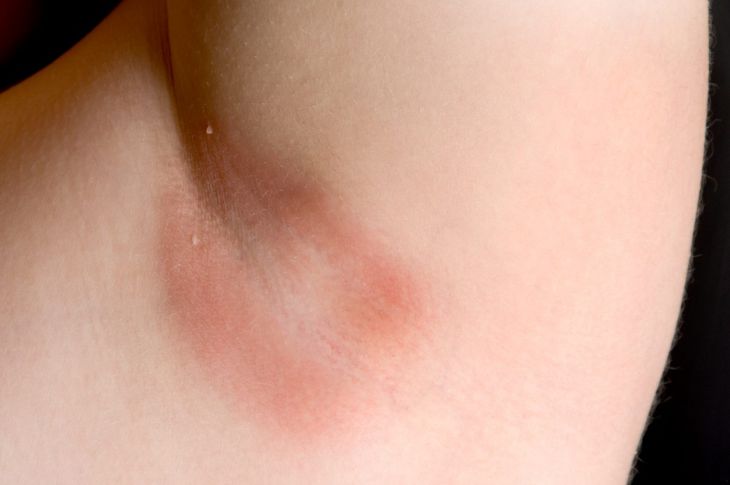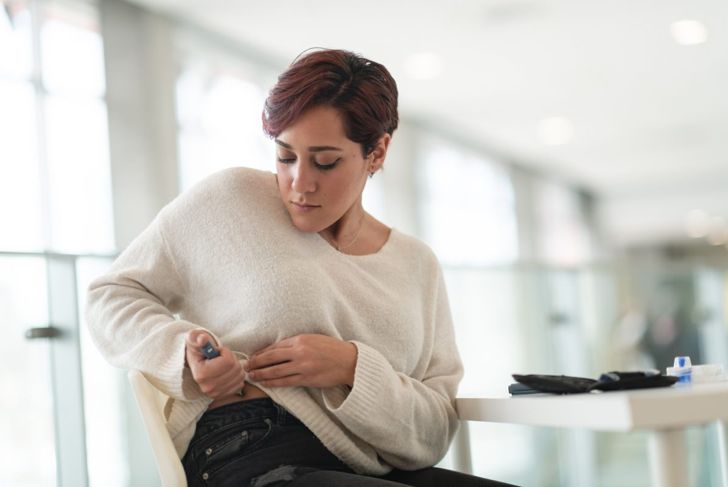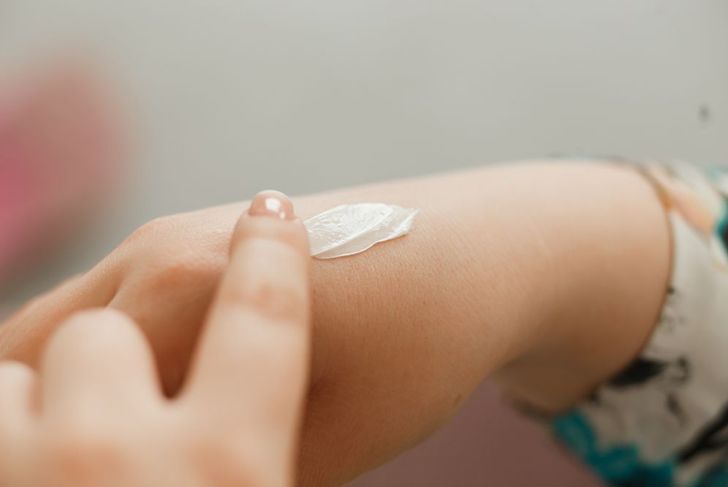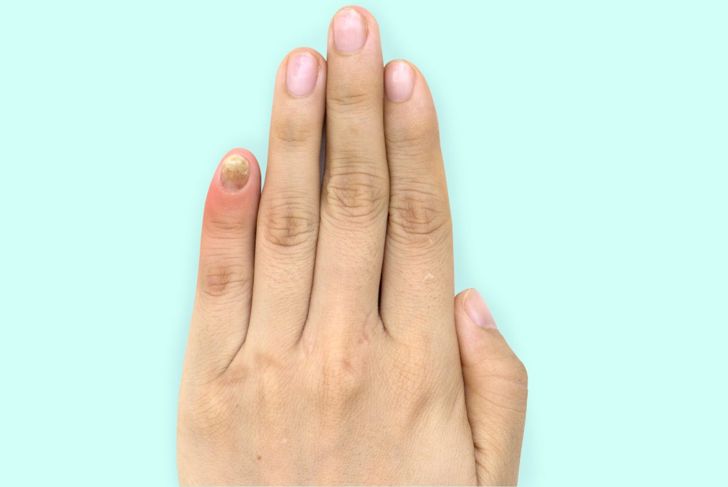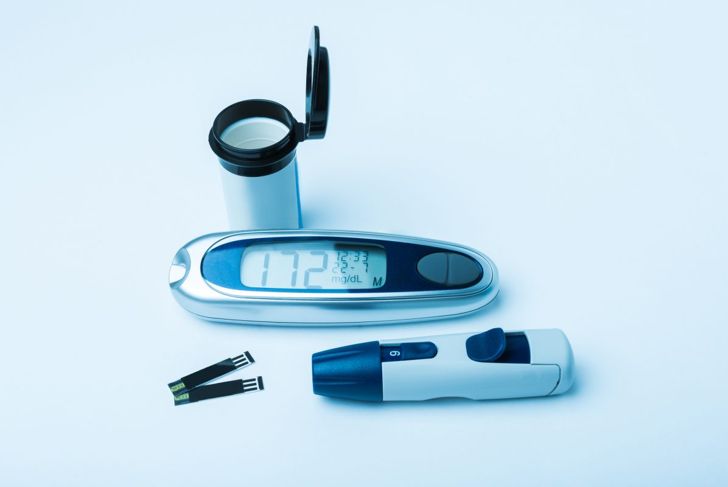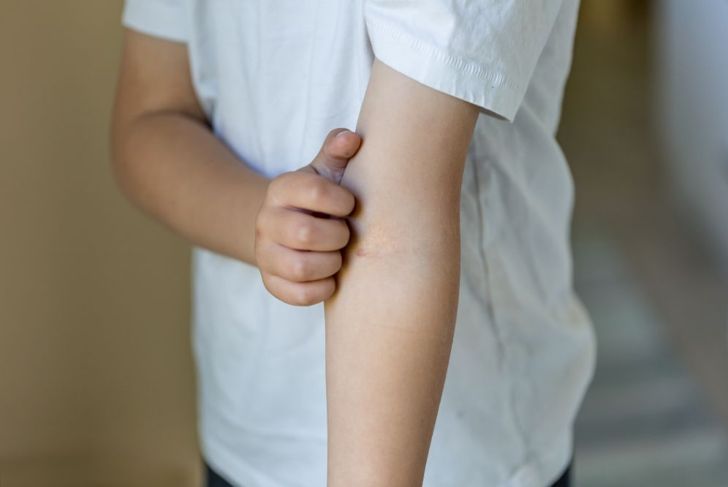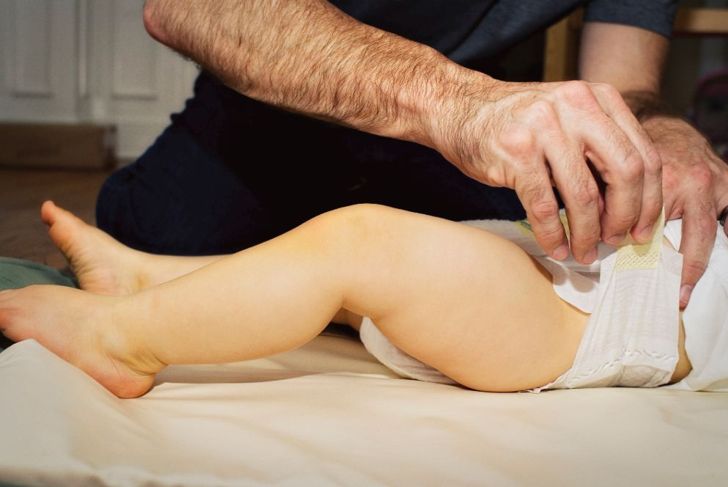Cutaneous candidiasis is a fungal skin infection caused by Candida, a yeast. The most common cause of these infections is Candida albicans, which usually exists on healthy skin and other parts of the body, including the mouth, gut, and throat, without causing problems. When Candida grows out of control or becomes opportunistic, it causes cutaneous candidiasis.
A Common Infection
Cutaneous candidiasis can appear on just about any part of the body but is most common in areas that are warm and moist, like creases in the armpit, under the breasts, between the fingers or toes, and the groin. It can also affect the corners of the mouth or the skin around the fingernails.
Appearance
Cutaneous candidiasis has a very distinct appearance. The lesions are usually well-defined red patches of various shapes and sizes. They often appear along creases, such as in the armpits, under the breasts, or in skin folds. The patches can be itchy and may be rimmed with small, fluid-filled bumps.
Diagnosis
A doctor can usually diagnose cutaneous candidiasis just by looking at the patient’s skin, though they may scrape off a sample for further testing. Older children and adults that present with cutaneous candidiasis are also sometimes checked for diabetes, as high blood sugar can act as food for Candida, encouraging growth.
Prevention
Because it is normal for Candida to be on the skin, good hygiene is important for treating and preventing cutaneous candidiasis. Keeping moist areas, creases, and skin folds dry and open to air can help. Losing weight, keeping blood sugar well controlled, and maintaining good general health can also keep this skin infection at bay.
Treatment
Generally, cutaneous candidiasis responds well to treatment. Cream, powder, and liquid topical antifungals are common interventions. That said, people with persistent infections or immunocompromised individuals may require long-term, more aggressive treatment, including oral or IV antifungal medications, particularly if they develop a resistance to other treatments.
Prognosis
In most cases, cutaneous candidiasis resolves on its own and does not require treatment, as long as the underlying cause is corrected. That said, repeat infections are not unusual, though these also usually clear up on their own. Immunocompromised people who cannot fight off a candida infection may face more complicated colonizations.
Complications
Even when cutaneous candidiasis clears without treatment, complications can occur in some cases. Candida skin infections can spread to the nails, making them thick and oddly shaped. In an immunocompromised person, the infection can become widespread, infecting other parts of the body. If this happens, treatment becomes more difficult.
At-Risk Populations
Anyone can get a cutaneous candidiasis infection, but some are at higher risk than others. People more likely to develop a Candida infection include those on antibiotics or taking medications that suppress the immune system, such as corticosteroids. In addition, obesity and type 2 diabetes increase the likelihood. Immunocompromised people, including those with health conditions like HIV or who are receiving cancer treatment, are also at higher risk.
Cutaneous Candidiasis in Children
Cutaneous candidiasis is also common in children. Candida is the most common cause of diaper rash in infants, and children of any age are more susceptible than adults in hot, humid weather or when taking antibiotics. As in adults, health conditions affecting the immune system cause an increased risk of infection in children.
Prevention in Children
There are ways to prevent cutaneous candidiasis in children, particularly when it comes to diaper rash. Keep the child’s skin as dry as possible and change diapers often. Allow some diaper-free time for the skin to air out, avoid tight diapers, and watch for any symptoms when the child is taking antibiotics.

 Home
Home Health
Health Diet & Nutrition
Diet & Nutrition Living Well
Living Well More
More
